
It is an uncomfortable truth in our industry that most product innovation fails. If an innovation is alive, in decent distribution, three years after launch, it has done very well.
So why is it so difficult to make innovation stick and what can companies do better?
First, the bar is often higher than people appreciate. If your innovation is likeable and well received in market research, then it must be good enough to succeed in the market? Not really. The product the consumer is currently choosing is their favourite option from perhaps 100-plus SKUs. If you want them to switch, being good isn’t enough. You have to be better than their favourite. To do this, you will need to be obsessive about recipe, quality, expression and price. The people at Bigham’s told me about their pursuit of the perfect fish pie – product testing more than 20 recipes. Good is not good enough.
Second, shoppers typically don’t notice new products. They are often on autopilot, are not looking for your precious launch and have more important things to worry about. You have to maximise standout on shelf and ideally prime shoppers to be looking out for the product before they even get there. Standout is especially challenging for own-label suppliers, because retailers are looking for a standard look and feel across their own-label tiers. Perhaps this is one reason retailers are becoming more focused on start-up brands and brand exclusives – they do a better job at standing out.
Anyway, once shoppers have seen an innovation, it is critical they can effortlessly understand what the product is, what it is for and why it is good. These basics are often missed in pursuit of more lofty but less urgent brand messages.
Thirdly, and sadly, companies give up too early. In order to shepherd an innovation to maturity, both supplier and retailer need to work long and hard. It is not unusual for a category to be bought once every three months. If so, your launch support (point of sale, introductory promotion, etc.) has to last for at least 12 weeks to get to most potential buyers. More typical is a one or two-week support package. That may only reach 20% of the target. And beyond that first purchase, you need to persuade people to buy a second, third and fourth time. The industry’s obsession with penetration might suggest being bought once is the key. But the real jackpot is establishing a habit. Shopper marketing needs to repeat over months and even years.
So how to maximise your chances? Be more challenging, to meet the high bar. Ensure shoppers notice the innovation and can effortlessly understand it. And play the long game – Rome wasn’t built in a day.







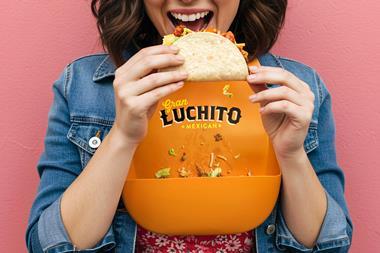

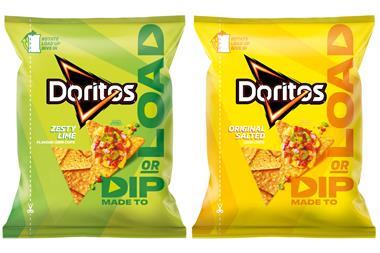
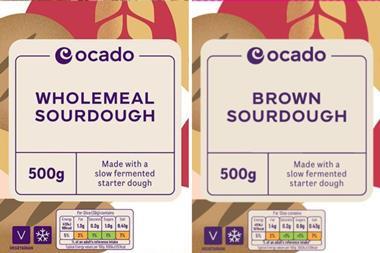

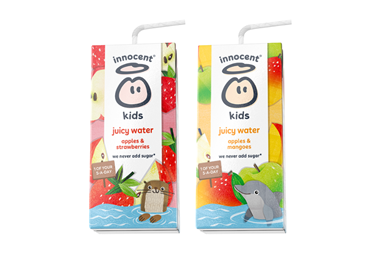
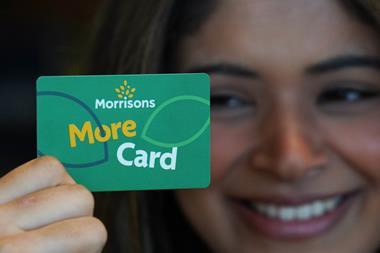
























No comments yet